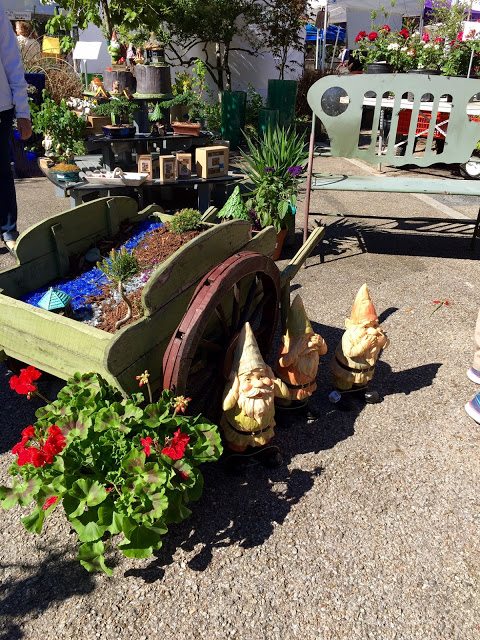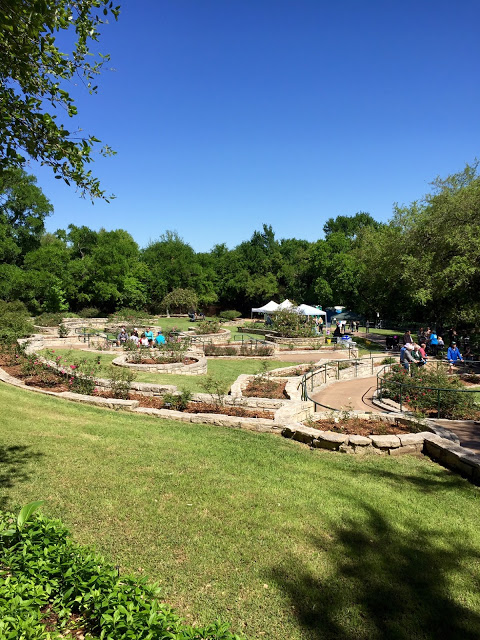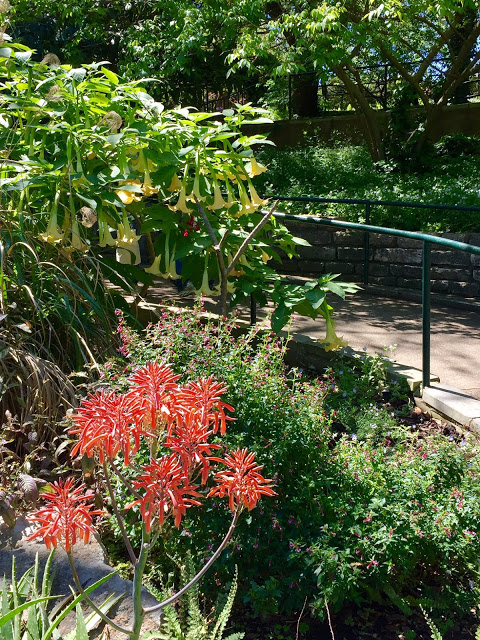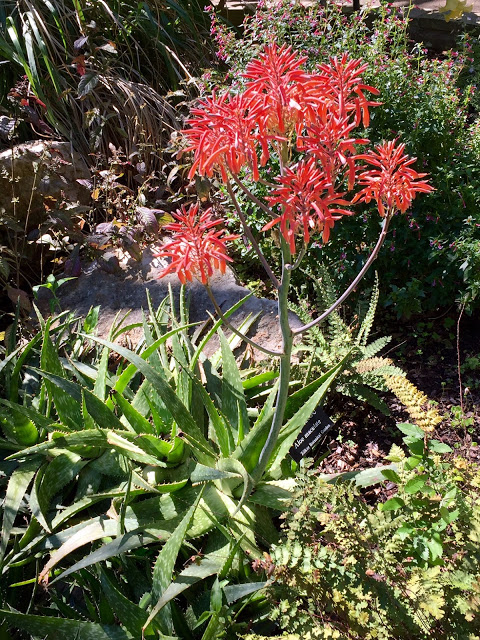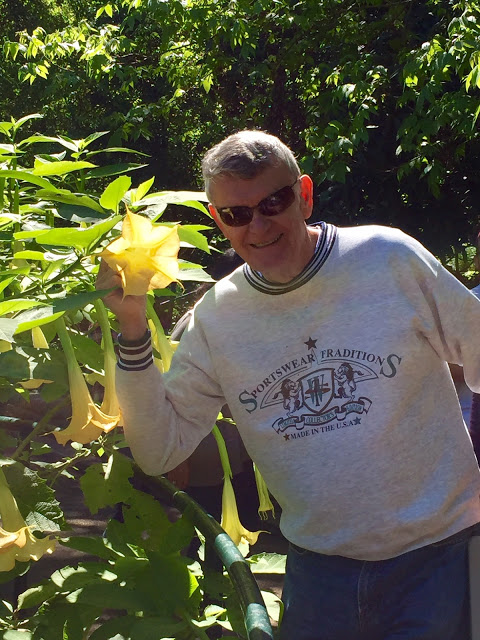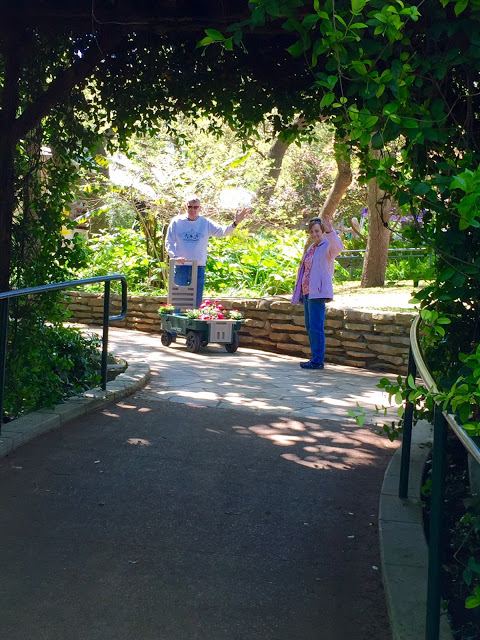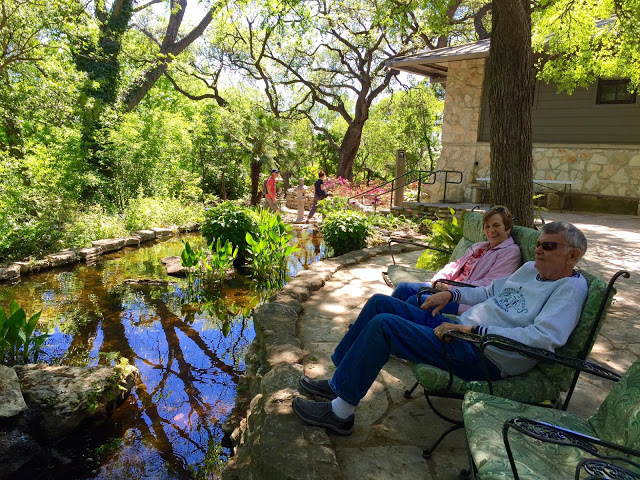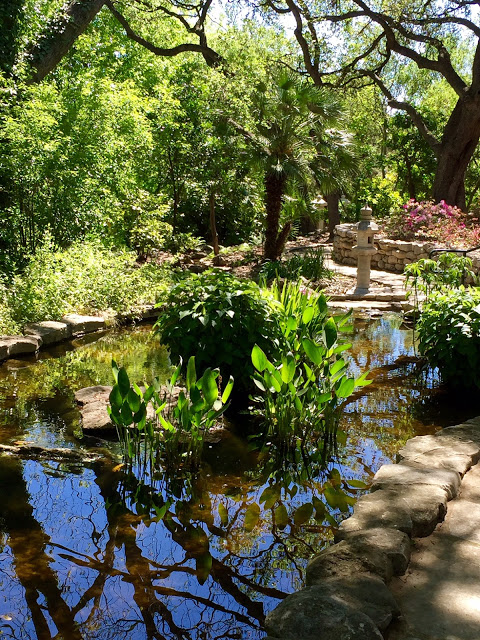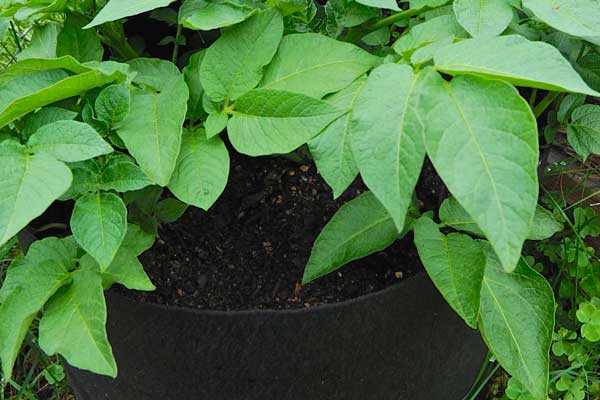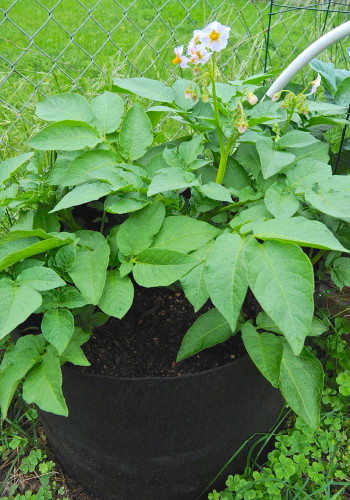Zilker Garden Festival is a must-see event …
If you didn’t get to the Zilker Garden Festival yesterday, you will have all day today to check out this fabulous annual Austin event.
We were there when the doors opened at 10 yesterday, wagons trailing and cash in our pockets, ready to enjoy the beautiful Zilker Botanical Garden setting of this festival. My parents and I have been going for the last 24 years – I only missed one of those for the flu. When Dustin was little, he would go with us and he and Dad would go off on their own and shop for a Mother’s Day gift for me. We took Kallie with us when she was a toddler, too, but she’s outgrown it now and the Mom and Dad and I love having this special time together.
It combines two of my favorite things — gardening and shopping!
I bought plants, of course, and several other little garden goodies. I came home with some herbs – more Cuban oregano, lemongrass and lemon balm. I also added some beautiful hand-made pottery mushrooms to my collection, a teensy glass chicken and dog for the fairy garden, and some very cool and unusual succulents from East Austin Succulents.
After eating lunch down in the beer garden while listening to a live band, we wandered down to the lower part of the gardens, checking out the veggie demonstration gardens…
…the rose garden…
…and the shady garden path that winds back up the hill. We were wowed by this gorgeous brugmansia and the aloe bloom just in front of it.
Those are some beautiful, big blooms. Almost as big as Dad’s head!
A little posing for the camera-toting daughter.
Ahhh, we finally made it back up the hill … now it’s time for a little rest by this peaceful pond.
We didn’t check out the Hartman Prehistoric garden this year, since I was just there last month, but we did venture to the edge of the Japanese garden, which is where Jeff and I were married almost 14 years ago.
I also bought some beautiful cloth dinner napkins with bluebonnets and strawberries on them, a medium-sized Staghorn fern from the stunning It’s About Thyme booth, and a begonia and an epiphyte and a lovely stretchy headband for keeping my hair out of my eyes during the serious gardening chores!
It’s a gorgeous day today, if you’re anywhere near the Austin area, you really should drop everything and head over there. One of my good blogging buddies even came from Louisiana to go to the Festival yesterday. It’s the only fund raiser for the park, so drive, bike or walk, but get there. You have until 5:00 today!




